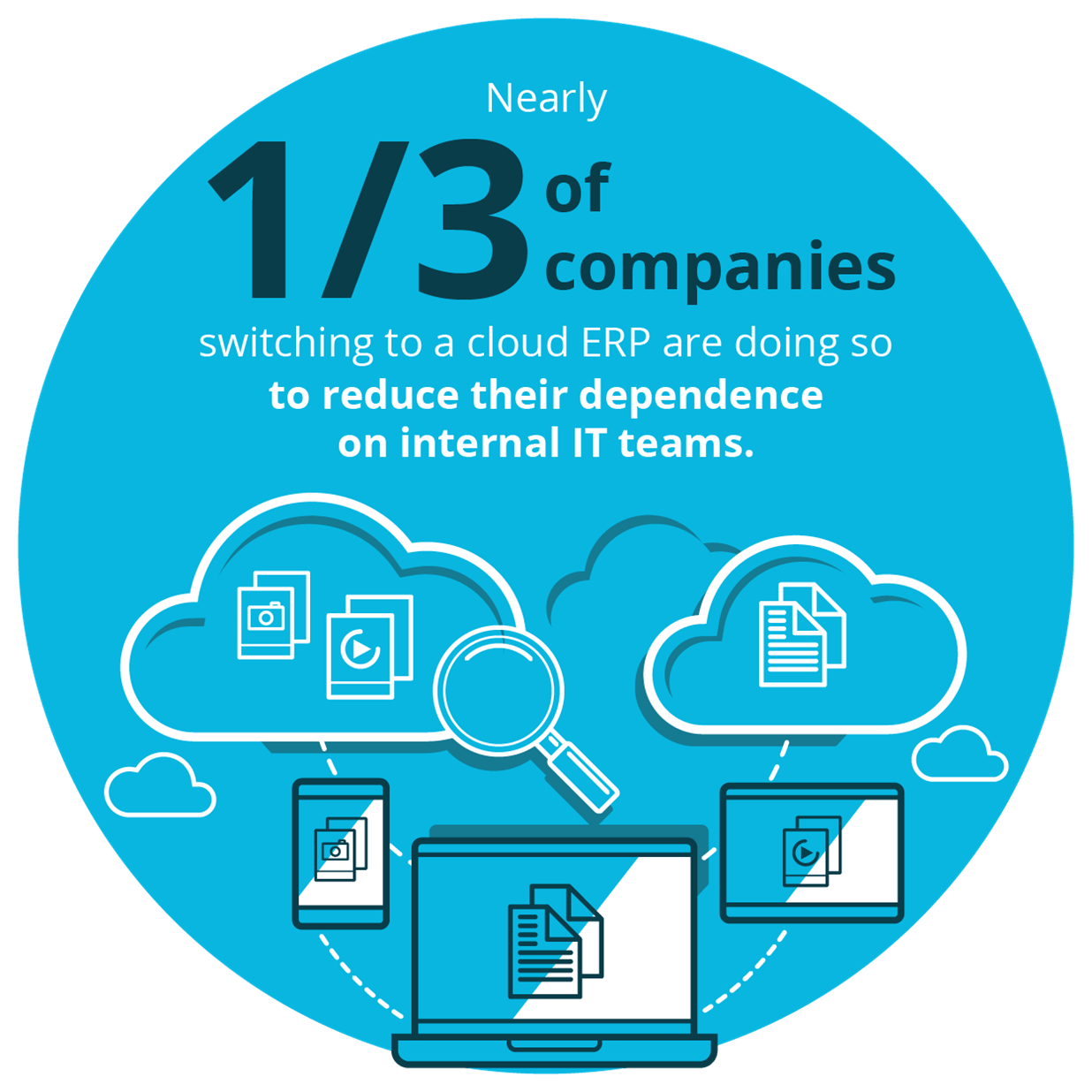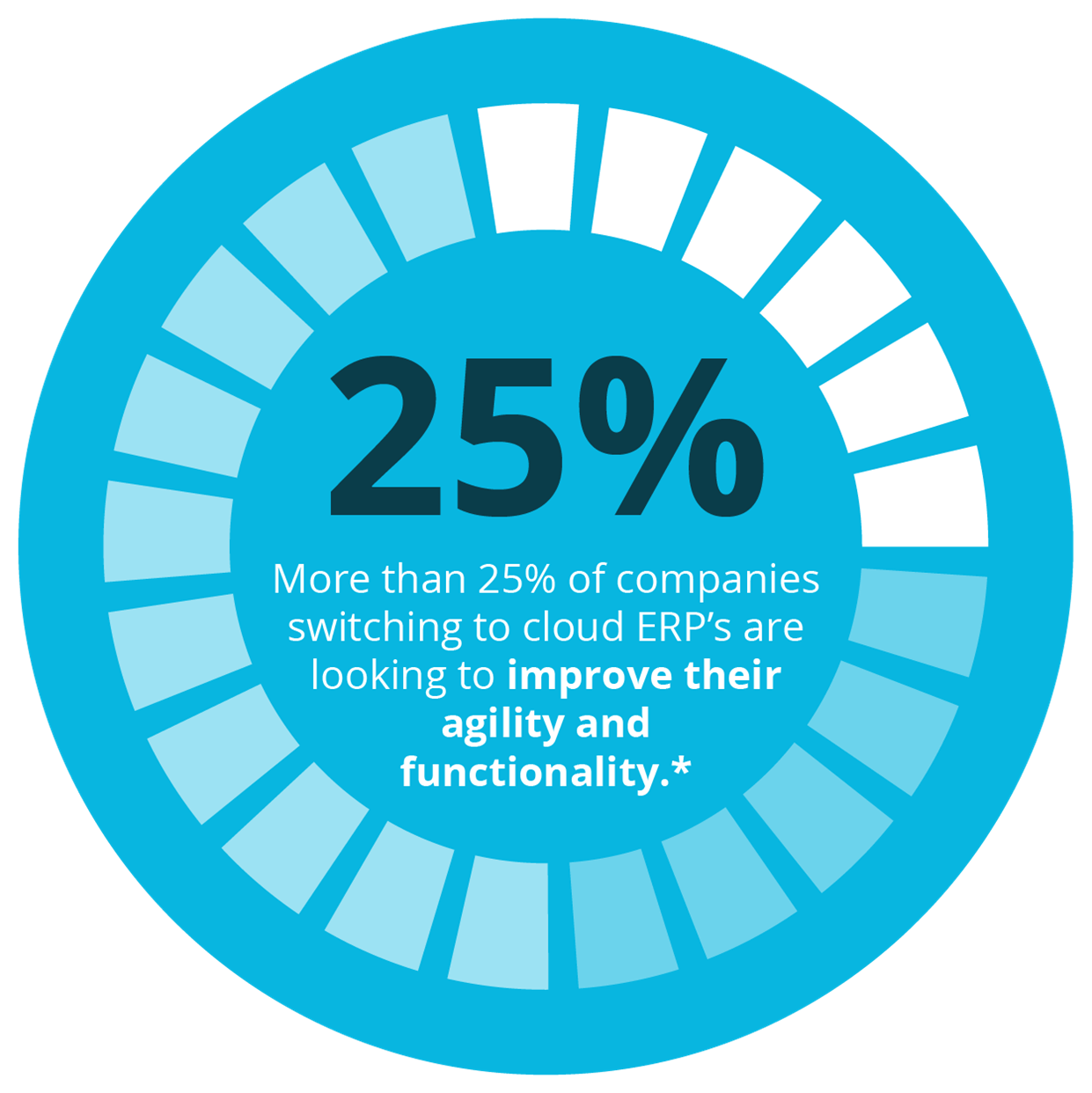Using cloud tech, such as Microsoft Office 365 for Business or Microsoft Azure Cloud, is one of the quickest ways to reduce your carbon footprint in the business world. There’s also the added perk of reducing your business overhead and operations costs.

When you ask companies about environmental sustainability, you always hear the easy answers. Recycling, composting, paperless solutions, and that volunteer employee cleanup event hosted last weekend. But it’s really easy to sleep on business contributions to greenhouse gas emissions caused by our energy-hungry computers, tablets, and in-house data servers.
Over 5% of energy consumption in the United States is from computers alone, according to the U.S. Environmental Protection Agency (EPA). This figure doesn’t include mobile devices such as smart phones, tablets, navigation systems, or data servers. The EPA expects this figure to continue to climb as our reliance on technology grows out of necessity in businesses, schools, municipal organizations, and private institutions.
Microsoft’s Push for More Cloud Tech Adopters
In the late 2000s, the Microsoft Corporation heavily pushed for companies to adopt cloud-based options for its three most popular business applications: Microsoft Exchange Server 2007, Microsoft Dynamics CRM, and Microsoft SharePoint Server 2007. Then, their cloud counterparts also shared similar names: Microsoft Exchange Online, Microsoft Dynamics CRM Online, and Microsoft SharePoint Online.

At the time, research pointed out that migrating roughly 50,000 email users from a single Microsoft Exchange physical server to a cloud-based platform, reduced carbon emissions by nearly 32%, according to a report by consultants at Ireland-based Accenture and Canada-based WSP. The two firms work with technology and engineering companies, respectively.
When it comes to email, Microsoft offers two primary forms for businesses and enterprises alike. The option that’s objectively worse for the environment and directly contributes to your carbon footprint is to host a physical exchange server onsite at your business. This setup comes with a handful of risks, liabilities, and additional energy costs month-to-month.
For example, in the event there is a software or hardware malfunction with your server, it may negatively impact your business. Meanwhile, Microsoft cloud users can opt for the more eco-friendly Microsoft Office 365 for Business, which offers the company’s most well-known services in cloud-based form and without the nuisance of physical CD-ROMs, product boxes, packaging, physical servers, energy, and cooling costs. The cloud-based service has become one of the most popular options for companies that need to easily connect, collaborate, and work together without the hassle of email spam and other cybersecurity threats.
Additionally, with over 60% of people using their mobile devices to explore the internet and interact with businesses, it’s more important than ever for companies to establish themselves online. Cloud computing, such as Microsoft Office 365 for Business, makes this easier, without added personnel or energy costs. Here are some other ways businesses can leverage cloud tech to reduce overhead costs and decrease harmful carbon emissions to the environment:
1. Faster and Better Disaster Recovery

Even if a business doesn’t adopt cloud tech, experts at 360 Visibility highly recommend using the cloud to provide a safe and secure backup source for personnel information, human resources, payroll, project documents, and other data. This can save thousands, or in some cases, hundreds of thousands of dollars in extra energy consumption and business recovery costs. We recommend Microsoft Azure Cloud for disaster recovery when your business needs to quickly and safely bounce back from an emergency situation. This cloud-based option also is great for data storage, high-performance computers, and hosting custom applications. There is also added protection from security and malware threats.
2. Reduced IT and Hardware Costs

Businesses that use cloud technology require less direct and/or immediate support from in-house IT personnel to troubleshoot when things go wrong. Additionally, using a cloud-based solution means fewer dollars spent on constant hardware upgrades, reducing your capital investments, and energy costs to boot. Ultimately, this can result in substantial savings for corporations and reduce single points of failure or dependencies for less tech-savvy users.
3. Can’t Find That Important File? No Problem
We know busy people don’t always have the time to manage their email inbox. Sometimes it’s a complete mess, and that’s totally OK. But that means important messages can get lost in the shuffle. When you use a cloud-based solution like Microsoft Office 365 for Business, your team can easily access, share, and edit documents–from your desktop computers or mobile devices. Businesses receive additional savings by not having to buy individually priced software licenses, so everyone can view the same file or document on the same platform. Microsoft has a fixed price for user licenses for its business and enterprise cloud packages.
4. Take SMBs to the Next Level

When you pull everyday tasks under the umbrella of cloud-based tech, your small- and medium-sized businesses are able to better leverage team members, resources, and reduce energy consumption. This streamlined process makes it easier for SMBs to compete with big box stor
es and other corporations. Cloud technology makes it possible due to simplifying everyday business processes under one roof. Whether it’s customer or client data, email communication, creative assets, or other projects, everything just gets easier and more efficient.
How SMBs and Enterprises Can Go Greener
At the top of the food chain, we look at global companies like Walmart and Google™, whose large physical stores and data centers clearly benefit from the cost-savings provided by the usage of cloud-based software and dynamic provisioning.


Those companies’ energy consumption and carbon emissions can be reduced by up to 30%, when compared to other businesses without cloud tech and large physical operations, people report to work every single day. This energy savings scales substantially depending on the size of your company. It increases by up to 90% for s
mall companies with 100 or fewer cloud users. Medium companies, with about 1,000 users, can expect energy savings of about 60% to 90%.
The Energy Star program, run by the EPA, provides the following tips and facts to reduce carbon emissions for computer users in the corporate world and at home:
- Reduce electricity used for computer equipment.
- At least 50% of the energy used to power PCs is wasted.
- Reduce energy usage during peak demand.
- Enable power/battery saver, or sleep, modes on all computers.
- Reduce air condition costs by reducing heat generated by computers or servers
- This can reduce greenhouse gas emissions by 15% to 30%
According to the EPA, the big picture in reducing your carbon footprint is by reducing wasteful energy usage from technology, specifically hardware. Cloud tech helps this by reducing your need to run computers and servers for hours on end.
Conservation Best Practices for WFH Life
Today, you can find companies with work from home or remote employees pretty much everywhere. With fewer people working in physical offices, cloud tech is more beneficial than ever to unite colleagues who work remotely from various places around the country and globe.

Furthermore, virtual offices are becoming more and more popular. Some see it as a cost-saving measure because no one wants to pay to keep the lights on when no one is home. Plus, you get your personal share of contributing to environmental conservation.
According to a survey conducted by Upwork, more than 22% of the U.S. workforce, or 36.2 million people, are expected to work from home by 2025. And that’s not a surprise to anyone. After the COVID-19 pandemic, the idea of working from home has become a normalized part of corporate America. Some companies have even sold their physical offices to work 100% remotely.
Whether it’s a doctor appointment, real estate home tour, meeting an attorney, or another engagement, you probably have the option of doing any of this digitally. And that’s likely with the help of a cloud-based customer relationship management (CRM) software such as Microsoft Dynamics 365. Cloud tech makes it easier for them to conduct business from a home or a satellite office. In return, they get to keep more cash in their pockets by eliminating overhead costs, furniture expenses, utilities, cleaning, and probably keeping the soda machine filled or better yet, selling the soda machine altogether.
Cloud tech is appealing to many types of businesses and professionals because it is considered more secure than using traditional physical hardware and software. Common CRM software can include calendars, scheduling, expense reports, billing, invoices, and more all in one place.
Businesses or people who work from home also are able to organize files, documents, and other important information without stocking up filing cabinets or physical storage space. The reduction in paper usage alone is noteworthy by lessening the role their business plays in fossil fuel consumption used in both paper creation and recycling.

Additionally, cloud tech is ideal for business owners whose workforce is available onsite and offsite during the work day. For example, a business that can only take orders via telephone at their physical store location is potentially losing out on sales that may occur outside of their regular business hours. With the right cloud-based solution, a business can access customer files, share data, and work on projects at any time without running up the electric bill.
Cloud Tech Saves Big Corporate Big Money
For big companies, who value environmental sustainability, cloud tech is a less expensive option to operate and manage than isolated storage such as physical data servers. This move is a natural transition for companies to reduce their negative contributions to the environment and keep more money in their pockets.

Nowadays, corporations are more aware of the sharp public eye on electricity usage of large scale organizations, IT companies, and big data centers. As a result, some have shifted to using more cloud technologies, while others, such as Facebook™, have updated their data centers to be more energy efficient, which can be very costly than simply adopting cloud tech. Facebook’s data centers use 75% renewable energy. The social media company plans to eventually fully power its data centers with strictly solar and wind energy.
While Facebook’s idea of energy conservation is shooting for the moon to some businesses, the usage of cloud tech is an easy step in the right direction to reduce your carbon footprint. In the last 10 years, the move from physical data servers to cloud tech has helped reduce energy costs by over 30% worldwide, according to Pike Research, a clean energy and technology consultant in Colorado.
The Future of Cloud Tech and the Environment
We’re past the days when cloud technology was merely something the IT world hyped up. It’s the real deal, and it’s not too late for businesses to adopt this low-cost, low-risk, high-reward strategy for their business.

While there may be growing pains from changing to cloud-based tech, the cost savings and positive environmental impact outweigh the negative effects of obsolete physical servers and hardware that require more resources and money to maintain.
On the surface, it’s quite simple to implement cloud tech for everyday application usage by employees. At the top level, it requires specialized strategic planning to properly integrate cloud solutions into your business for maximum earnings and savings.
That’s where training sessions and other educational resources come into play in order to make for a smooth and clean transition.
At 360 Visibility, we help businesses find the right cloud technology for their needs because not only does it save them money, but it’s also better for our environment. If you’d like to learn more about how cloud technology can help you go green and keep more green in your wallet, contact us to learn more about our Cloud Infrastructure Advisory
Cloud Tech & Environmental Sustainability Resources
About the U.S. Electricity System and Its Impact on the Environment
Uncovering the Environmental Impact of Cloud Computing
Q&A: Facebook Reaches 75% Renewable Energy
How Virtualization Helps Feds Shrink Environmental Footprints
A Quick Guide to Your Digital Carbon Footprint
How the Cloud Can Help Your Company Reach Its Sustainability Goals



